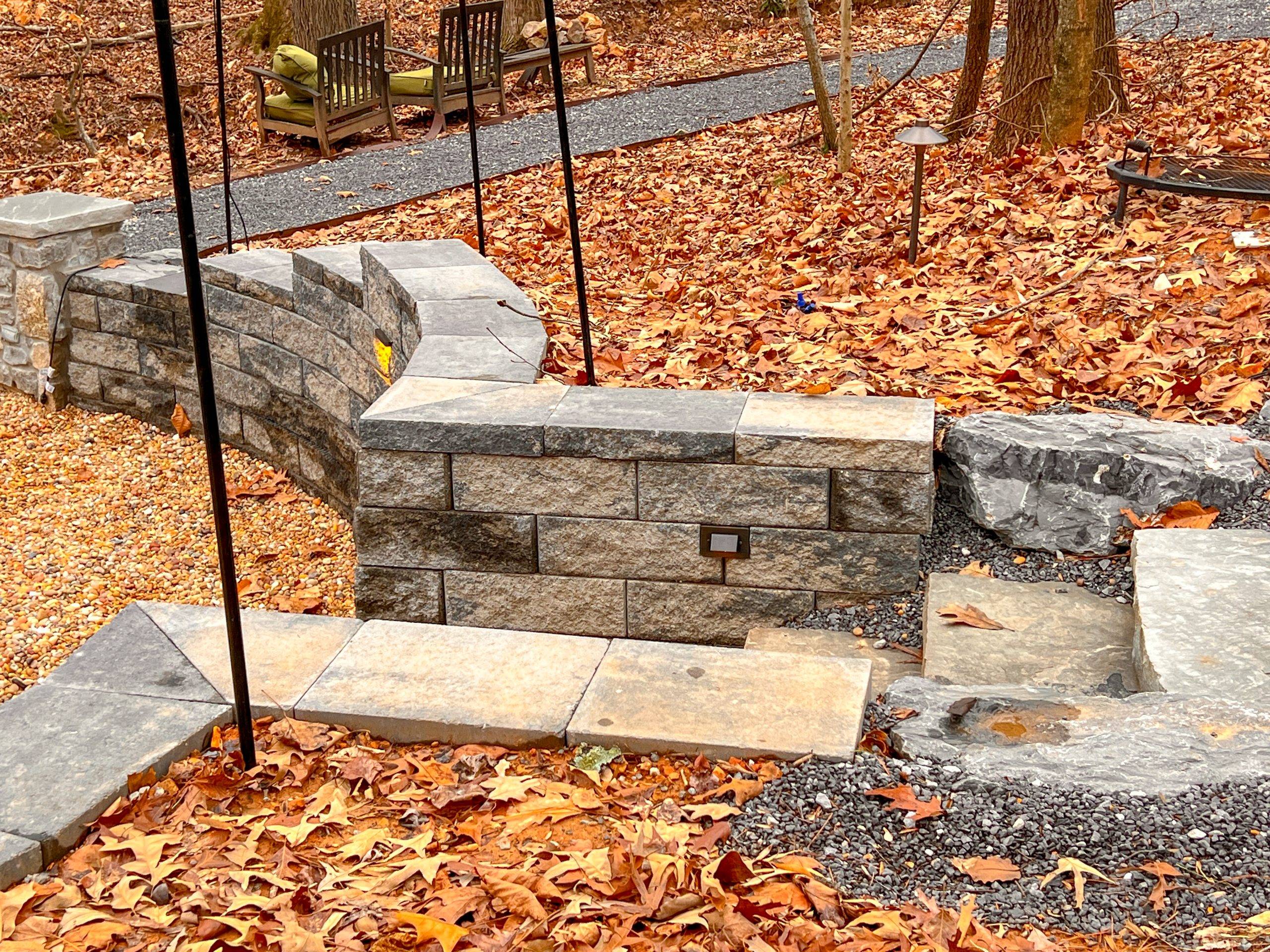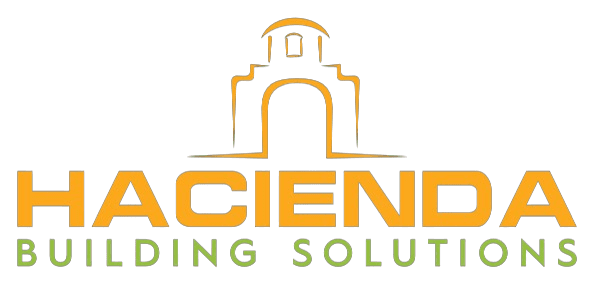
Maximizing the Potential of Retaining Walls in Tennessee The Power of Proper Drainage and Preparation.
Retaining walls are more than just architectural additions to your landscape; they’re essential tools in managing soil erosion and creating functional outdoor spaces. In the picturesque terrain of Tennessee, where rolling hills and varying elevations are abundant, the proper application of retaining walls becomes crucial. To ensure their longevity and effectiveness, focusing on drainage and preparation work is paramount.
1. Drainage: The Silent Protector
The often underestimated hero of a well-constructed retaining wall is proper drainage. Without effective drainage, water can build up behind the wall, leading to increased pressure, potential wall failure, and compromised soil stability. In Tennessee’s climate, with its frequent rainfall and potential for sudden downpours, addressing drainage is not just a recommendation – it’s a necessity.
To facilitate proper drainage:
- Backfill Material: Opt for granular backfill material like gravel, which allows water to pass through easily.
- Weep Holes: These small openings in the wall allow trapped water to escape, relieving pressure. Ensure they are evenly spaced along the base of the wall.
- French Drains: Incorporating French drains behind the wall can redirect water away from the structure, safeguarding its stability.
2. Preparation: The Foundation of Durability
A sturdy foundation is the backbone of any retaining wall, especially in Tennessee’s diverse soil compositions. Poor preparation can lead to settling, tilting, or even collapsing walls, rendering your investment futile. Thorough preparation involves:
- Excavation: Digging a trench for the wall’s base, ensuring it’s level and appropriately compacted.
- Base Material: A layer of compacted gravel provides stability and allows water to drain away from the wall’s base.
- Leveling: Precise leveling at every layer of the wall is essential for maintaining structural integrity.
- Adhesive and Interlocking Blocks: Using adhesive and interlocking blocks prevents displacement, especially in areas prone to seismic activity.
3. Professional Expertise: The Ultimate Investment
While DIY projects are tempting, retaining walls demand a deep understanding of local soil conditions, hydrology, and engineering principles. Enlisting the expertise of a professional hardscape company can make all the difference. They not only have the technical know-how but also access to quality materials and the latest construction techniques.
4. Regulations and Permits: The Legal Side
Before embarking on your retaining wall project, familiarize yourself with local building codes and regulations. Depending on the height and location of the wall, you might require permits. Ignoring these legal aspects can lead to costly penalties and potential demolition of your hard work.
In conclusion, retaining walls are invaluable assets in Tennessee’s landscapes, combating erosion and creating functional spaces. To unlock their full potential, prioritize proper drainage and preparation. This involves intelligent drainage systems, meticulous excavation, appropriate materials, and professional guidance.
Remember, investing in the right construction techniques and professional assistance upfront can save you from costly repairs and replacements down the line. Your retaining wall isn’t just a structure; it’s a testament to the harmony between human ingenuity and the natural world. So, let it stand tall and strong, preserving both your landscape and your peace of mind.
